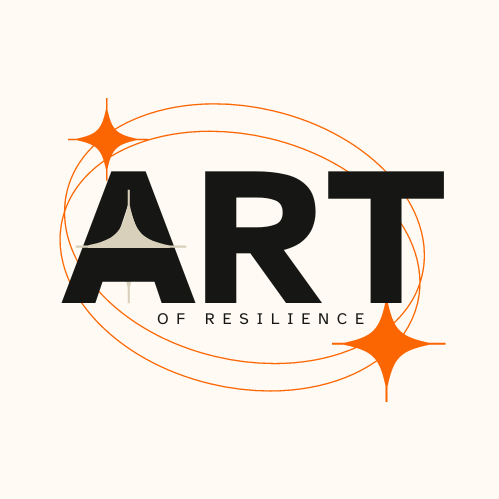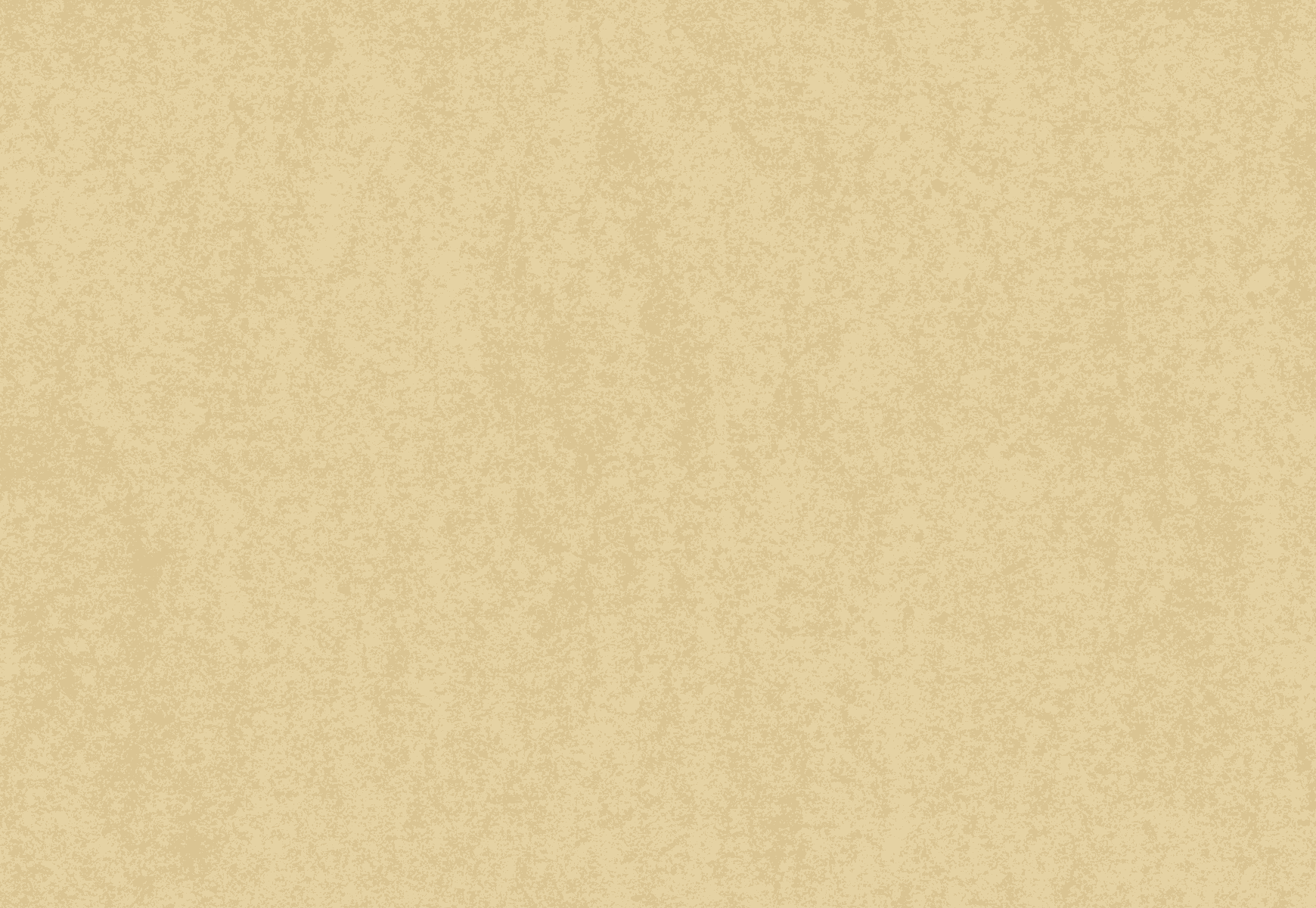ยินดีต้อนรับทุกท่านที่เข้ามาที่เว็บไซต์ของเรา! เราคือชุมชนที่รวมตัวกันด้วยความหลงไหลในศิลปะ การอนุรักษ์สิ่งแวดล้อม และการเสริมสร้างสังคมที่ยั่งยืนและเข้มแข็งขึ้นทุกวัน นี่คือเรื่องราวของเรา
ทางเราให้ความสำคัญต่อศิลปะทุกประเภท จะเป็นภาพวาด ภาพถ่าย หรืองานปริศนา เราเชื่อว่าศิลปะคือกลางทางที่เชื่อมโยงความรู้สึก และกระตุ้นความคิดสร้างสรรค์ที่ไม่มีที่สิ้นสุด ทุกผลงานที่เราแบ่งปันนี้มีเสถียรภาพและการต่อรองที่ซ่อนอยู่ในแต่ละเรื่องราวที่นำเสนอ
เราเข้าใจถึงความสำคัญของการรักษาสิ่งแวดล้อมในการสร้างศักยภาพที่ยั่งยืนสำหรับโลกของเรา ด้วยการกระทำของเราและความร่วมมือของชุมชน เรามุ่งมั่นที่จะสร้างผลกระทบที่เมื่อนิยม และเราหวังว่าการสนับสนุนศิลปะของเราจะเป็นตัวอย่างในการใช้งานทรัพยากรที่มีอยู่อย่างมีสติสัมผัส
เราเชื่อว่าศิลปะและการอนุรักษ์สิ่งแวดล้อมมีบทบาทสำคัญในการสร้างสังคมที่มีความเข้มแข็งและทรงพลัง ทางเราสนับสนุนและเชื่อมโยงกับชุมชนที่มุ่งหวังที่จะสร้างการเปลี่ยนแปลงที่ดีในโลกของเรา ร่วมกันเราสามารถสร้างสังคมที่เชื่อมต่อและรับรู้ความหลากหลายของทุกคน
เรายินดีต้อนรับทุกคนที่ต้องการร่วมทางกับเราในการสร้างสรรค์ สนุกสนาน และทำให้โลกของเราดีขึ้นทุกวัน ขอขอบคุณที่เข้าร่วมเราในการเปลี่ยนแปลง!
กรุณาติดต่อเราหากคุณมีคำถามหรือต้องการเราเข้าร่วมในโครงการหรือกิจกรรมต่าง ๆ ของเรา ขอบคุณที่เข้ามาเยี่ยมชมและร่วมทางกับเรา!

